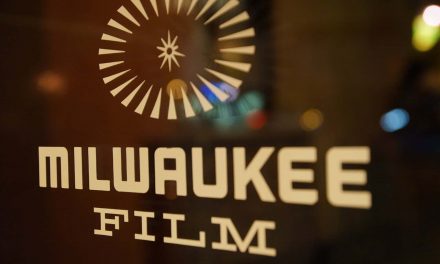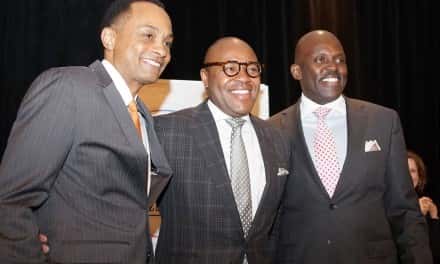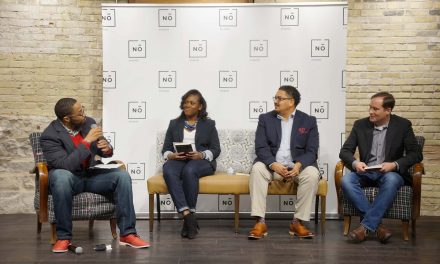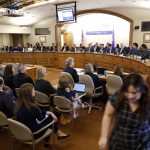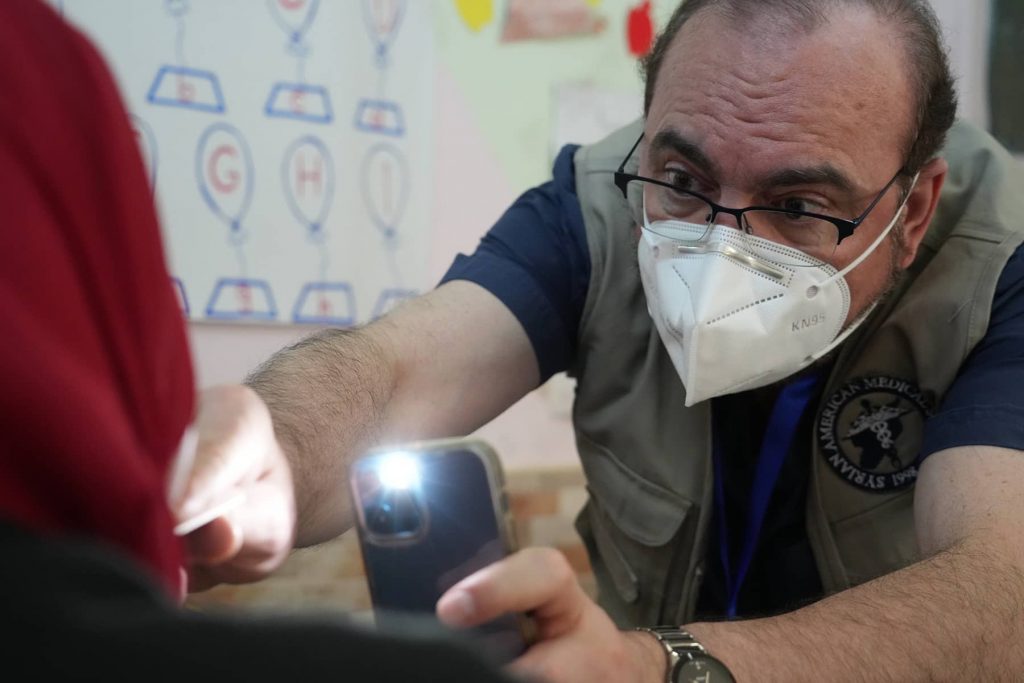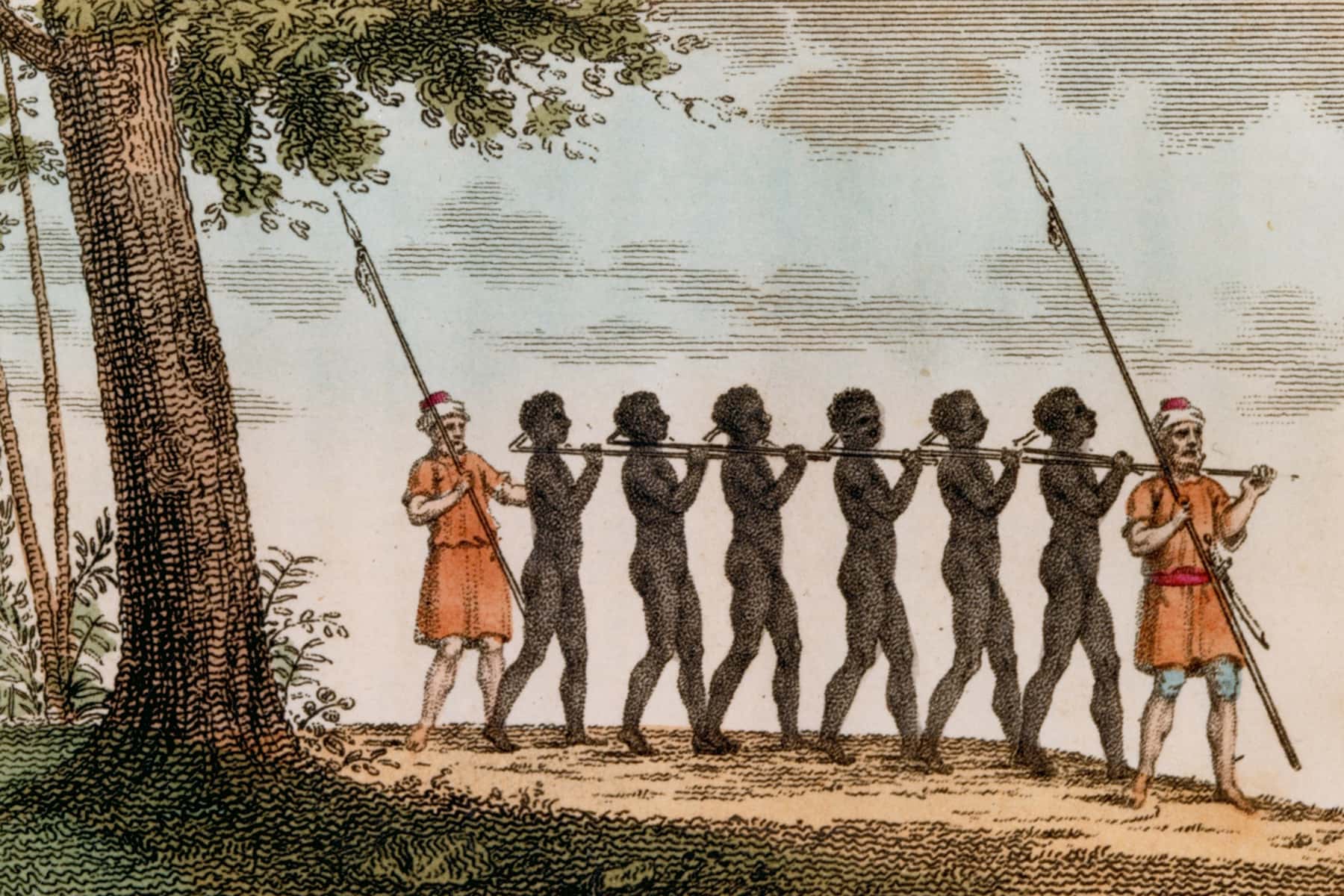
As we approach the 400th anniversary of the arrival of the first Africans enslaved in what would become the United States, most Americans know very little about the institution that was one of the core foundational pieces of our nation.
The fact that we know so little is not accidental. The history of 246 years of enslavement is not taught to any of us with a level of detail that will allow us to understand its importance. Why is this the case? Is it because white people are ashamed or guilty about this history? I don’t think so. I believe it is primarily because the true and detailed history of the slavery of Africans and Native Americans flies in the face of the myth about America being founded on principles of freedom, justice, and liberty.
Most countries teach their history in a way that makes their citizens proud patriots and lovers of their homeland. We are no different than any other nation in this respect. However, being the most wealthy and influential country on the planet puts us in a unique place. We sell ourselves to the rest of the world as a republic that is the protector of democracy and freedom. We place ourselves on a pedestal and look down on other nations, chastising them for not giving freedoms to their citizens as we do here in America.
This is part of the myth of America that we have all been exposed to our entire lives. None of us is immune to being taught this in our schools. Far too many of us accept the founding myths without questioning it in any way. The rhetoric we hear so often from the President, and others are re-writing American history, do us all a disservice. It makes us less aware and less engaged. The reality is that much of what we believe about America is based on lies, and we have grown up surrounded by a false narrative.
We need to reassess what we teach about our history to end the partisan bickering that is creating deeper and deeper chasms between Americans. For those of us who have spent time re-educating ourselves, it is easy to see the Forest through the trees. For the most part, the average American is nearly completely unaware of what they do not know about American history.
The stories of America’s people of color is what we learn the least about in our history classes. The experiences of the Indigenous people is glossed over or completely ignored, and even intentionally lied about. We are taught the stories of heroic whites supposedly fighting off savages. Native Americans attempts to protect themselves from Europeans have been twisted into myths that undermine their courage in the face of brutally violent invaders. The genocide and land lost by them is a foreign concept to most Americans.
We lump the journey of multiple Asian immigrant groups together as if the experiences of the Chinese, Koreans, Japanese and others are all the same. There is ample evidence that their treatment by the state and federal governments, as well as white Americans, varied from place to place and time to time. Little of what they endured is known or taught in our schools. The attempts to extract cheap labor while denying them the rights of citizenship are things all Americans should be aware of. We should all know about the Chinese Exclusion Act of 1882, the Asiatic Barred Zone Act of 1917, and other laws creating marginalization of Asians in America.
The people we refer to as Latino or Hispanic have had their history distorted as well. We are not told how the United States forced Mexico to fight a war, and that the spoils of the victory for America was land which became most of the states in our Southwest – including California. We are not told of the mass deportations of Mexicans in the 1930s, 40s, and 50s.
All of these combined histories help us to have a deeper and more nuanced understanding of what America really is. All of these varied histories are the threads in the fabric of America. It is time we learn more so that we will not be so easily tricked into believing falsehoods that promote division. An honest teaching of American history requires us to learn the good, the bad, and the ugly.
One of the ugliest parts of our history concerns the enslavement of Africans and Native Americans. Where do we start in learning the real history? We must first make a concerted effort to study the tremendous amount of scholarship that has been developed over the past fifty years. Much of what was written by white historians prior to this time period was biased and unbalanced. It was not until the student movement in the late 1960s, where demands were made to teach multicultural history, that we began to garner support for different voices.
There is a large amount of scholarship by people of color and those who studied and wrote about their history honestly. These scholars were never given their due respect by their white colleagues for the most part. After the 1960s ended we started to see more people of color in academia, and the amount of scholarship they developed has helped us to reassess how we see and teach American history. Unfortunately, this scholarship and rich body of knowledge has not trickled down to most of us. It is rarely if ever included in K-12 curriculums.
Our largest providers of textbooks remain a significant barrier to us learning a more inclusive history. We still teach the basic mythology of America that has been around for decades. I recall reading encyclopedias as a young boy. I loved learning and was very inquisitive. In elementary school, here in Milwaukee, in the 3rd grade I was taught about the races of mankind called the Caucasoid, Negroid, and Mongoloid.
I had no way of knowing that race was not a biological fact at the time. I learned years later that race is a social construct. The way we see the world in this country is based on us believing race is real and judging people differently, depending on the racial group we assigned them to. There are very specific stories, myths, and emotions attached to different groups in our collective consciousness. We instinctively act in ways based on how we have been taught to see people from the different so-called races. Our stereotypes are so deeply embedded in our psyche that we react automatically, unconsciously, to people based on what we have learned to believe about them.
We judge the current conditions of all communities based on the myths related to their communities. We doubt that Latinos are citizens because we have been fed lies about them as “illegal aliens” for so long. We assume Asians are good at math because of the long held stereotype. We also see them as the model minority because of stereotypes. Americans live in fear of black males, young and old alike, because of the constant association of them with crime that has existed for 400 years in America.
We have been force fed lies for so long that we believe them to be true. We live in very segregated spaces and have such limited contact with real people from different communities that it is easy to make assumptions about entire groups of people without even knowing any of them personally.
We judge people without having any personal contact with them. There are people in this country that grow up in towns with no blacks, Asians, or Latinos. The only thing the people in these towns know about people of color is what America teaches them. It is not just what we teach in classrooms, but also on television, in movies, in magazines and newspapers, and in the other spaces where we transfer our cultural beliefs.
Imagine how different the views of these segregated people would be if they lived in integrated spaces instead. Real relationships help to break down stereotypes. I have been fortunate enough to be in a position where I get to interact with people around the state and country that live in these different spaces. I have seen, heard about, and experienced a lot of racial issues based animosity, hatred, and misunderstandings. Racism is alive and well in America. You cannot convince me otherwise. I have occupied those spaces where racism is in your face. I have also endured the more subtle forms of racism as well. I am well aware of the institutional and structural forms of racism.
Individual acts of bigotry produced by prejudice people are just a small piece of American racism. Structural racism has impacts within our healthcare system, our educational system, our criminal justice system, and many other social conventions. The smaller pieces within those structures, like our county jails, hospitals, schools, and prisons, is where we see institutional racism play out.
The subtlety of racism explains why we know so little about slavery. The America I know so well wants us to “forget the past indiscretions.” I cannot. It would be a slap in the face to my ancestors who endured the brutality of life as a marginalized, despised, hated and too often violently treated people.
Nothing in the lived experiences of people of color has been as consistent as mistreatment and devaluation. People of color do not want to build a time machine and go back to any past era in American history. There were not any “good old days” for us. We persevered and we thrived and we have been resilient throughout our history despite being mistreated.
In late August 1619, two pirate ships arrived days apart in Port Comfort, Virginia with about 30 African captives taken from a Spanish or Portuguese slaving ship. The first of these ships, the White Lion, sold a group of “20 and odd” Africans to the governor of Virginia – Sir George Yeardly. The crew had run low on food and water and sold these Africans to get “victuals” to survive. Less than a week later another pirate ship called The Treasurer, that had also raided the slaver San Juan Bautista as well, sold two or three Africans in Port Comfort. These Africans eventually were taken to Jamestown, Virginia and enslaved.
Most historians have described these first Africans as indentured servants but there is ample evidence that this is a falsehood. First of all, they are generally described as indentured servants only because the colony had not yet written a law legitimizing slavery. Secondly, indentured servants were people who signed letters of indenture to pay the cost of their transportation to the colonies with their reimbursement for that payment being 4 to 7 years of indenture, or free labor. Others from England signed letters of indenture once arriving in the colonies.
No one on the continent of Africa signed letters of indenture to come to Virginia. They were all kidnapped and forced to come. A very small number of blacks that arrived from England signed letters of indenture. There are records of seven Africans who sued for their freedom by claiming they were indentured servants in the Virginia Colony to gain their freedom from perpetual labor. None of them were successful.
The first census of Virginia in 1620 listed 32 Africans, 15 male and 17 female (referred to as “Others not Christians in the Service of the English”). None of them were identified by name, which became the tradition for most Africans all the way through the 1860 U.S. Census. Four years later only 21 of these 32 were still living.
“Virginia’s first Africans were probably from the Kingdom of Ndongo, located between the Lukala and Kwanza Rivers in west central Africa and part of present-day Angola” according to The Hampton Museum of History.
Although it would not be until 1641 when the first “slavery law” was written in Massachusetts, slavery was legal in custom and in fact across the British colonies from the arrival of the first Africans in 1619. The Spanish had enslaved Africans on these shores as early as 1526.
As we commemorate four hundred years since the first Africans arrived on slaving ships, we must acknowledge that two hundred and forty six years of slavery would be the lived experience of their descendants. That is over eight generations of enslaved Africans. This was followed by another three and a half generations that suffered the indignity of Jim Crow segregation and Black Codes.
Those who do not know this history make assumptions about so-called lifestyles and conditions within the black community today. For every road-block and barrier to freedom and first class citizenship we have faced, doors of opportunity have been opened wide for whites. It did not matter whether they were native born or immigrants. Many of them were treated horrible when they arrived. It took decades for some of them to be accepted into the collective group known as whites.
A few examples of how whites had doors opened for them, while they were shut for people of color, explains many of the disparities we see today. The first naturalization law of the country was written in 1790. It demanded that only whites could be citizens. Not being citizens prevented Africans, Native Americans, Latinos, and Asians from enjoying the many benefits whites had at their disposal.
The Homestead Act allowed mostly whites to gain ownership of land dispossessed from Native Americans. The famous 1935 creation of the Social Security and Unemployment Insurance programs under the New Deal excluded a majority of blacks by not extending the programs to domestic and farm workers. At that time those were both the primary types of jobs available to blacks in the South. This law did not change until 1952.
The GI Bill prevented black GIs from gaining access to employment assistance, free technical school, college grants, mortgage financing for homes, and VA-guaranteed business loans, because the states were allowed to distribute the benefits.
Federal, state, and local governments, businesses and many other institutions, and civic organizations excluded people of color from life affirming opportunities. Asians lost their businesses and homes because they could not own either without being citizens. Native Americans were cheated out of their ancestral lands by an allotment system designed to legally take their land from them. Latinos were brought to the country as migrant farm workers when the economy was doing well and deported during tough economic times.
No group had as many intentional laws and policies proscribing their exclusion as blacks. Prominent Americans consistently defended the exclusion of blacks from the American dream. Beginning with slave codes and laws relegating free blacks to second-class citizenship, our opportunities have been determined by what rights whites were willing to allow us to enjoy.
The mindset that allowed and created these exclusions, and the justifications developed to support them, are still alive and well among many whites. Look no further than the segregated residential areas that still abound across the country. Whites pull their children out of schools when too many black children attend. We still hear people yelling at us to “Go Back to Africa.” President Donald Trump infamously told four women of color in Congress that they needed to go back to where they came from, despite the fact that three of them were born in this country.
The challenges are stark. America is still not a welcoming place for those of us with the wrong color skin. Four hundred years of devaluation and mistreatment will not end overnight. Far too may hearts and minds have not changed. We are simply not accepted as peers, or fellow citizens. I am not naïve enough to think this will change during my lifetime. But despite this, I will continue using outreach and education as my tools to turn the ship around.
I do this to honor my family that was enslaved in Mississippi. They deserve to have their stories told. They survived so that I could be here today. I love that they persevered and remained resilient. They passed their strength down to me. I am what I am due to their journeys.
© Art
Library of Congress

